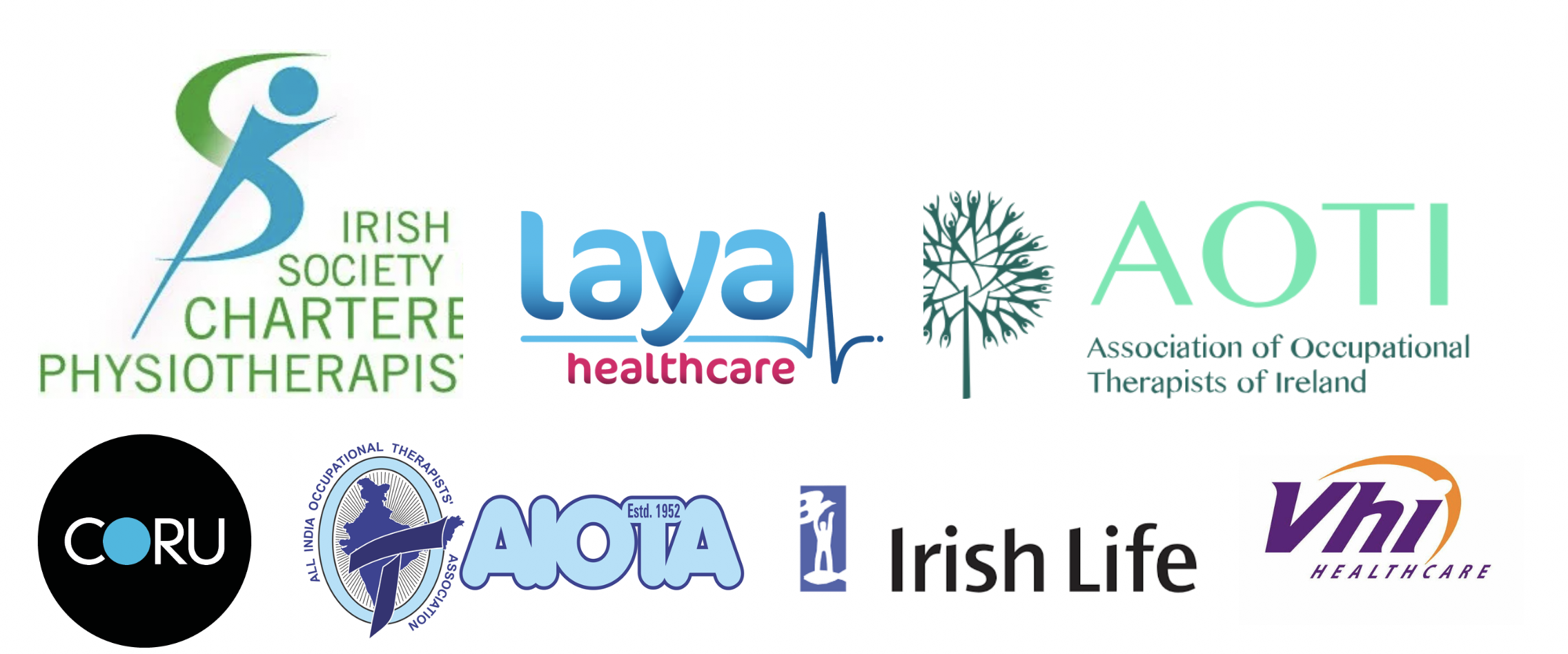
At Spot
Vestibular rehabilitation for people with dizziness and balance problems
Vestibular compensation is a process that allows the brain to regain balance control and minimise dizziness symptoms when there is damage to, or an imbalance between, the right and left vestibular organs (balance organs) in the inner ear.
Essentially, the brain copes with the disorientating signals coming from the inner ears by learning to rely more on alternative signals coming from the eyes, ankles, legs and neck to maintain balance.
The exercises might include the following.
In bed or sitting
- Eye movements
- Up and down
- From side to side
- Focusing on finger moving from three feet to one foot away from face.
Head movements
- Bending forwards and backwards
- Turning from side to side
Sitting
- Eye and head movements
- Up and down
- From side to side
- Focusing on finger moving from three feet to one foot away from face.
- Shrug and circle shoulders
- Bend forward and pick up objects from the ground
- Bend side to side and pick up objects from the ground
Standing
- Eye and head movements
- Up and down
- From side to side
- Focusing on finger moving from three feet to one foot away from face.
- Change from a sitting to a standing position with eyes open, then closed (please note this is not advised for the elderly with postural hypertension)
- Throw a ball from hand to hand above eye level
- Throw a ball from hand to hand under the knee
- Change from a sitting to a standing position, turning around in between
Moving about
- Walk up and down a slope
- Walk up and down steps
- Throw and catch a ball
- Any game involving stooping, stretching and aiming (for example, bowling)
Gaze stabilization exercises
The aim of gaze stabilisation exercises is to improve vision and the ability to focus on a stationary object while the head is moving.
Your therapist should assess you and say which exercises are suitable for you.
Look straight ahead and focus on a letter (for example, an ‘E’) held at eye level in front of you.
Turn your head from side to side, keeping your eyes focused on the target letter. Build up the speed of your head movement. It is crucial that the letter stays in focus. If you get too dizzy, slow down.
Start doing the exercise for a length of time that brings on mild to moderate symptoms (you could use the number rating scale). This might only be for 10 seconds. Over time, you can build up to one minute (the brain needs this time in order to adapt). Build up gradually to repeat three to five times a day.
You can also do this exercise with an up and down (nodding) movement.
Progressions with this exercise can include placing the target letter on a busy background. You should start the exercise whilst seated and then move on to standing.
